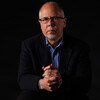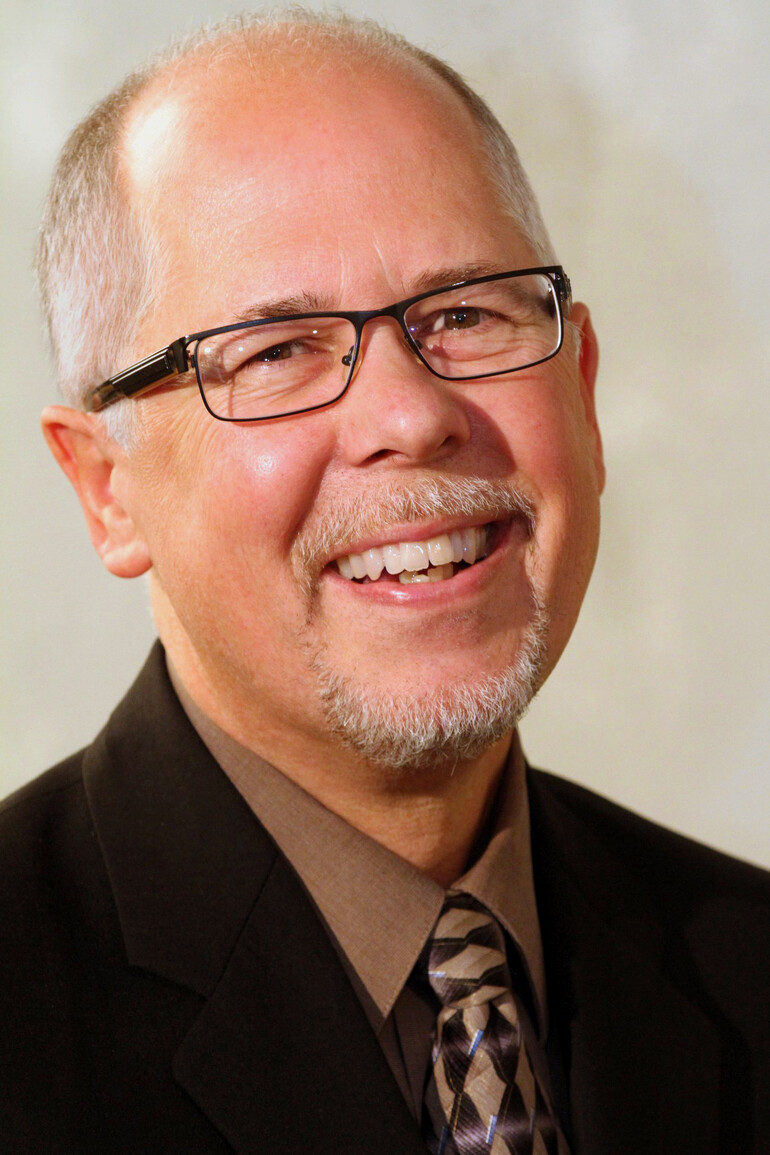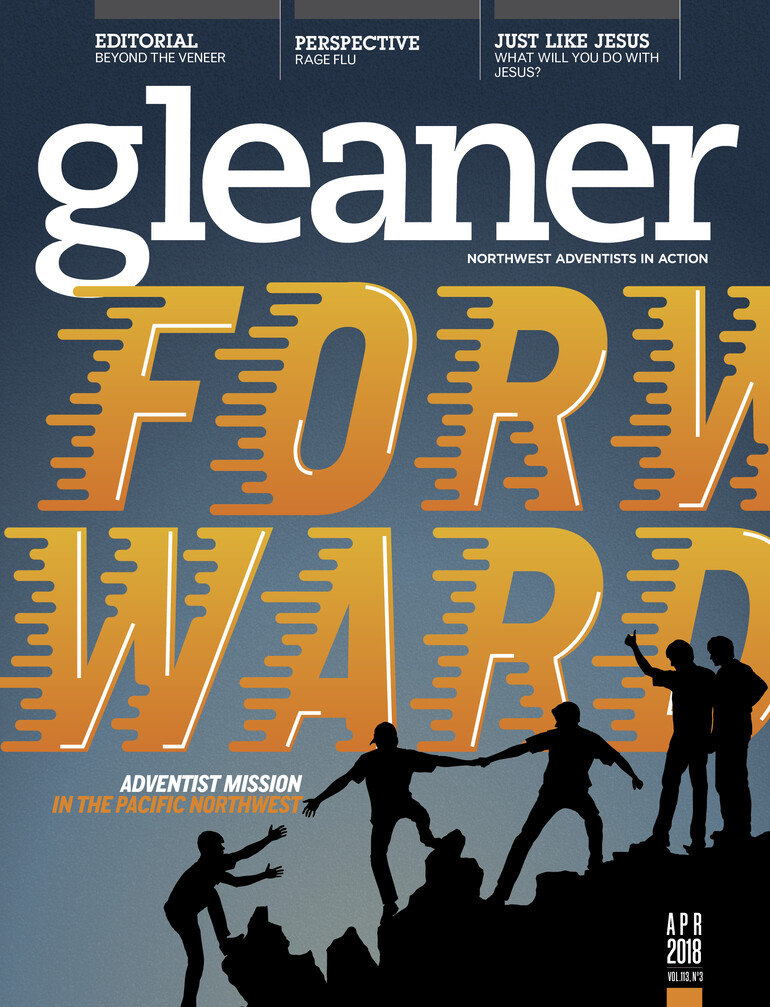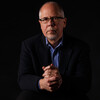“It was the best of times, it was the worst of times, it was the age of wisdom, it was the age of foolishness … it was the spring of hope, it was the winter of despair … .”
In these opening lines to his book A Tale of Two Cities, Charles Dickens described the disparities between rich and poor, the seedbed of foment that led to the French Revolution. His words, penned in the late 1850s, could also have characterized the demoralized government and crumbling sense of American unity just a few years later. By 1862, the Civil War had become all-consuming, and the confederacy was close to winning its independence. According to author David Von Drehle, in his book Rise to Greatness: Abraham Lincoln and America's Most Perilous War, President Abraham Lincoln was faced with the potential of a catastrophe.
Von Drehle says Lincoln likened his dilemma with the metaphor of a tightrope walker suspended on a cable above the raging Niagara Falls. “Suppose,” Lincoln said, “we could pack all the values of our country, its present achievements and hopes for the future, into a pack on this man’s back as he walks the tightrope. As you stand safely on the shore, watching him make his way precariously over the raging water,” he wondered, “would you shout to him — ‘step a little to the right, or now go the left!’ Or, would you have stood there speechless and held your breath and prayed to the Almighty to guide and help him safely through the trial?”
With the nation teetering on its own tightrope, Lincoln looked away from impending disaster and boldy laid out his vision for the future. In doing so, he honestly acknowledged, “We shall nobly save or meanly lose the last, best hope on earth.”
Indeed for both our nation and our church these are challenging times. Like those Lincoln described who look on while the tightrope artist makes his way perilously across the wire, loud voices are prone to call out directions — “move to the left … no, to the right.” With disparate messages filling social media posts, clear direction, truth not skewed by human bias, can seem beyond reach.
Recently, a Northwest city hosted three political rallies simultaneously. In order to avoid physical violence, police cordoned off each rally from the others. Yet that sort of peace is a masquerade. When groups with differing perspectives cannot respectfully listen and understand each other, the veneer of civility is just that — a veneer.
Northwest Adventists could cut across the grain of our polarized culture by modeling a different, deeper, divine way. We could lay aside conspiratorial whispers and believe the best about each other to God’s glory. We could move beyond our own Paul and Apollos tribes, past human differences and truly be about our Father’s business.
In doing so, we would employ the encouragement of Ellen White, who wrote, “There is to be no unkind criticism, no pulling to pieces of another's work; and there are to be no separate parties. … No one is to set himself up as a criterion, speaking disrespectfully of his fellow workers or treating them as inferior. Under God each is to do his appointed work, respected, loved, and encouraged by the other laborers. Together they are to carry the work forward to completion” (Acts of the Apostles, pp. 275, 276).
This, not Lincoln's vision, may indeed be the last, best hope on earth. Even with our differences, this is the only way we will move forward together: centered in Christ, anchored in the fundamental beliefs of God’s Word, empowered by the Spirit to fulfill His mission. After all, how can we authentically share our message of hope and wholeness with the world unless we have embraced it for ourselves?











